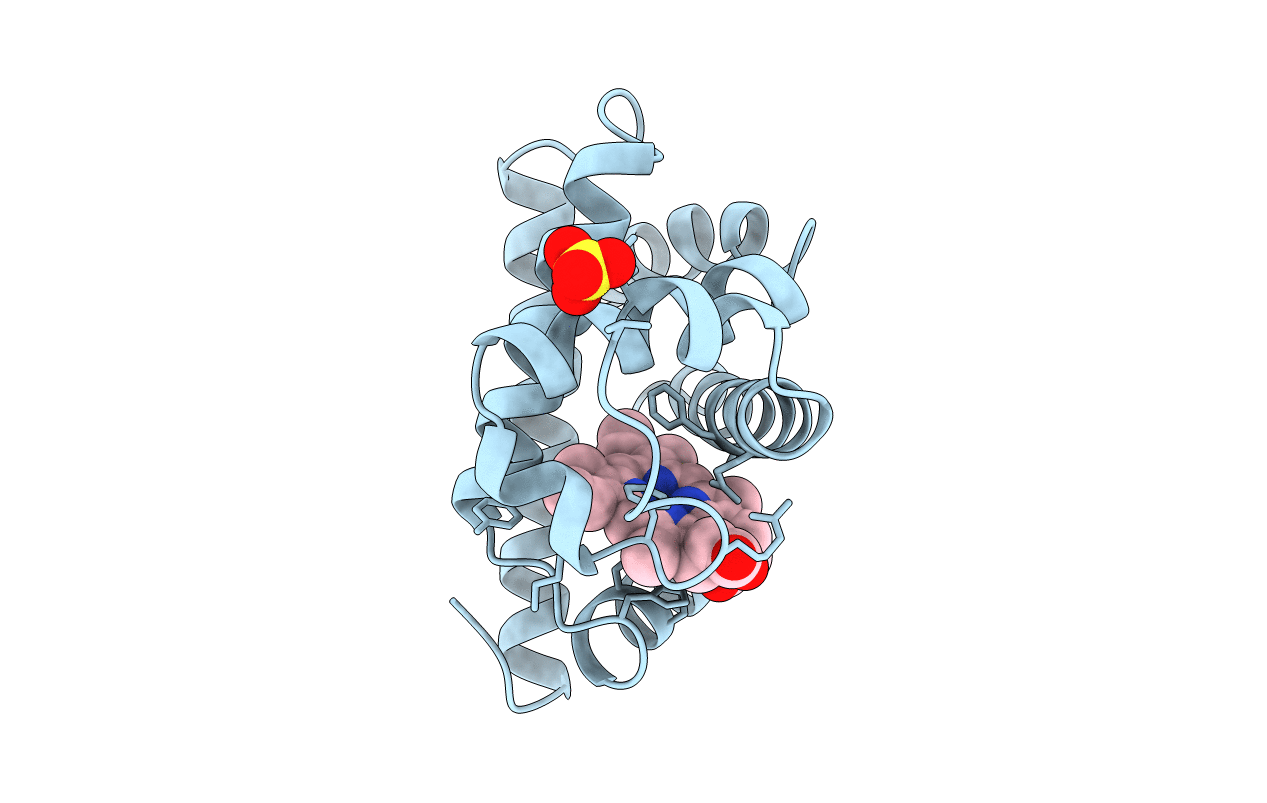
Deposition Date
1997-12-19
Release Date
1998-04-08
Last Version Date
2024-02-14
Entry Detail
PDB ID:
1OBM
Keywords:
Title:
RECOMBINANT SPERM WHALE MYOGLOBIN 29F/64Q/68F/122N MUTANT (MET)
Biological Source:
Source Organism:
Physeter catodon (Taxon ID: 9755)
Host Organism:
Method Details:
Experimental Method:
Resolution:
1.85 Å
R-Value Work:
0.16
R-Value Observed:
0.16
Space Group:
P 6


